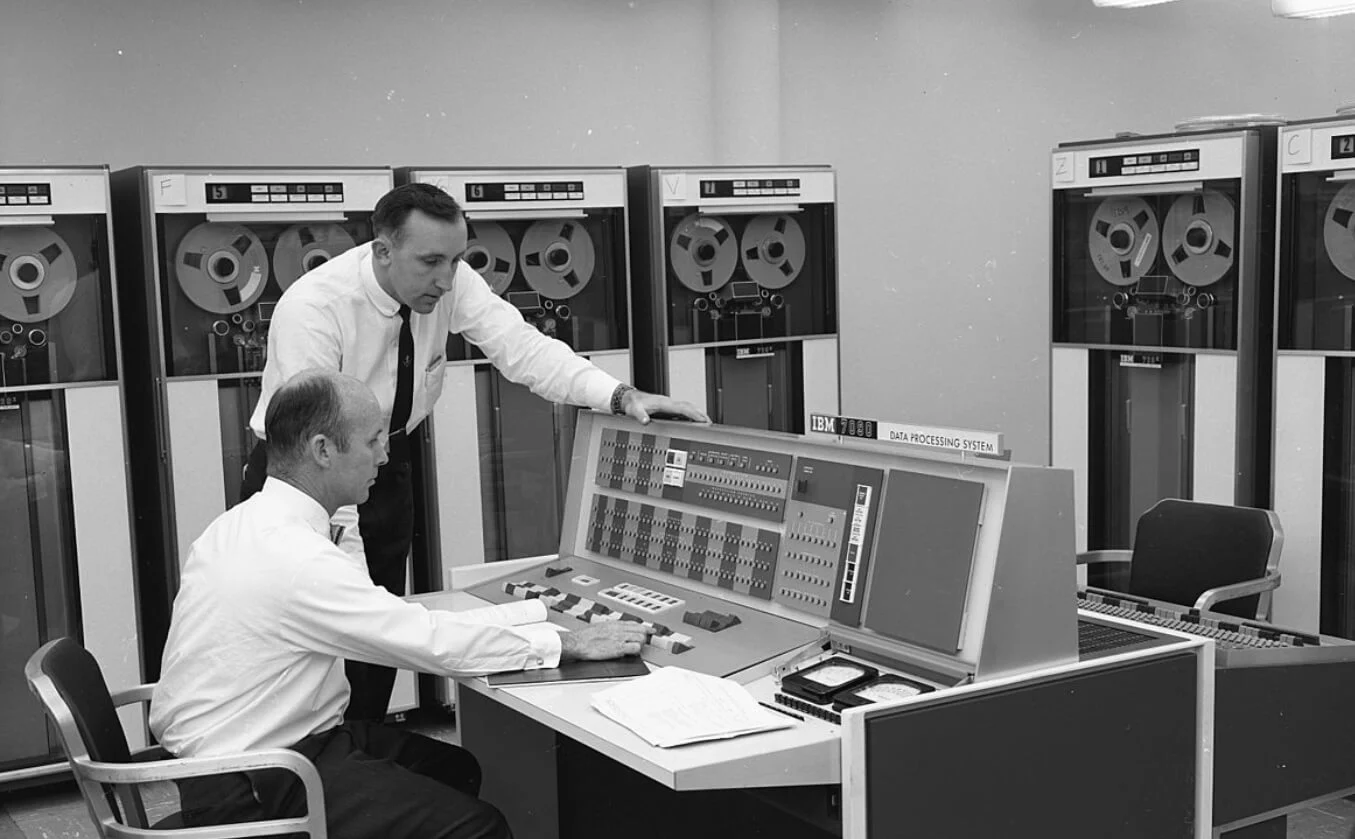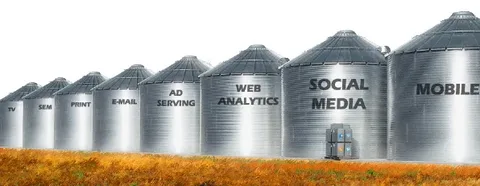Legacy systems are often deeply embedded in the operations of many businesses. However, as technology evolves, these aging platforms begin to create more challenges than they solve.
Research reveals the tangible benefits of modernization: businesses that upgrade legacy systems can increase annual revenue by 14%, reduce operating costs by 13%, and boost developer productivity by 40%. Additionally, 44% of CIOs still identify legacy systems as a significant barrier to growth.
If your business relies on old systems, it may be time to assess whether it’s time for an upgrade. Here are eight clear signs that indicate when your organization has outgrown its current processes and systems.
- Excessive Manual Work and Data Handling
If your team spends a significant amount of time cleaning, consolidating, and verifying data across spreadsheets or outdated systems, it’s a major warning sign. These time-consuming tasks reduce productivity, increase the likelihood of errors, and make it difficult to focus on more strategic activities.
Trigger: Your workforce is stuck in administrative tasks, struggling to maintain accurate data across multiple formats. - Lack of Enterprise-Level Security
Older systems lack robust security features needed to meet today’s compliance standards. As threats evolve, outdated platforms become increasingly vulnerable, exposing your organization to security breaches, data loss, and non-compliance penalties.
Trigger: If your system does not offer advanced access controls, multi-factor authentication, or encryption, it’s time to upgrade. - Slow Planning, Forecasting, and Decision-Making
Legacy systems, especially those built on batch processing, cause delays in generating reports and forecasts. Businesses today need real-time insights to compete, and outdated technology limits the ability to react quickly to market changes or customer feedback.
Trigger: Forecasting takes too long, and your business struggles to adapt to market shifts quickly. - Limited Real-Time Data Visibility
With older systems, accessing data often requires pulling reports manually, which leads to information silos and fragmented insights. Teams need immediate access to data to perform what-if analyses and make informed decisions.
Trigger: Your current platform cannot provide real-time analytics or generate dynamic reports. - Inconsistent Data Across Platforms
Version control issues are a common problem with legacy systems, especially when data is scattered across multiple sources and spreadsheets. This results in fragmented views, inaccurate reporting, and confusion among teams.
Trigger: If your business has multiple conflicting versions of the same data, it’s time to modernize your systems. - Dependency on Specialized Expertise
Outdated platforms require niche skills, which can be difficult and expensive to source. As experienced personnel retire or leave, maintaining these systems becomes more challenging, increasing operational risks.
Trigger: Your business depends on hard-to-find specialists to operate or modify legacy systems. - Inability to Scale with Business Growth
As your business grows, legacy systems can limit your ability to innovate and expand. Outdated software lacks the flexibility to integrate with new technologies or support modern features, such as mobile access and cloud computing.
Trigger: Your systems cannot accommodate new business needs or scale efficiently with growth. - High Maintenance Costs and Technology Debt
Old systems are costly to maintain, requiring increasing investment to keep them functional. As software ages, it demands more resources, from licensing fees to manual interventions, which could be better spent on innovation and digital transformation.
Trigger: If a large portion of your IT budget is consumed by maintaining outdated systems, it’s time to explore more efficient options.
Conclusion: Don’t Wait Until It’s Too Late
Legacy systems may have served their purpose, but clinging to outdated platforms puts your business at risk of falling behind. If you recognize any of the above triggers in your operations, it’s a clear sign that it’s time to upgrade your technology. Whether through software modernization, cloud migration, or adopting new platforms, a timely upgrade will enhance security, boost productivity, and position your business for long-term success.
At Calnetic, we specialize in helping businesses assess their current systems, identify vulnerabilities, and implement solutions tailored to their needs. Don’t let outdated technology hold you back—reach out to us today, and let’s future-proof your operations together.




